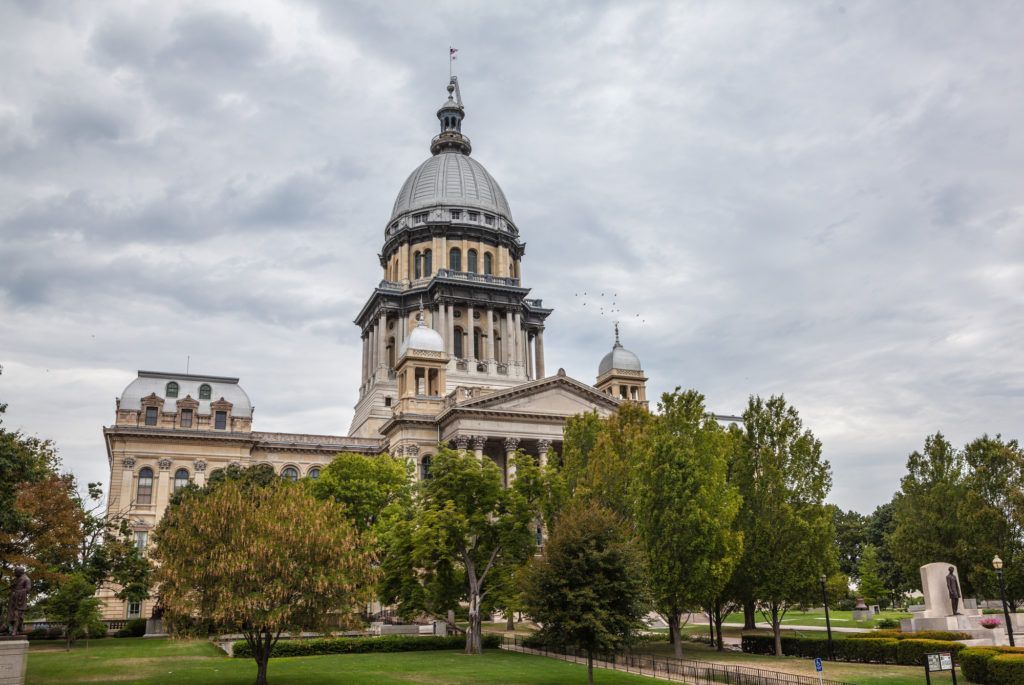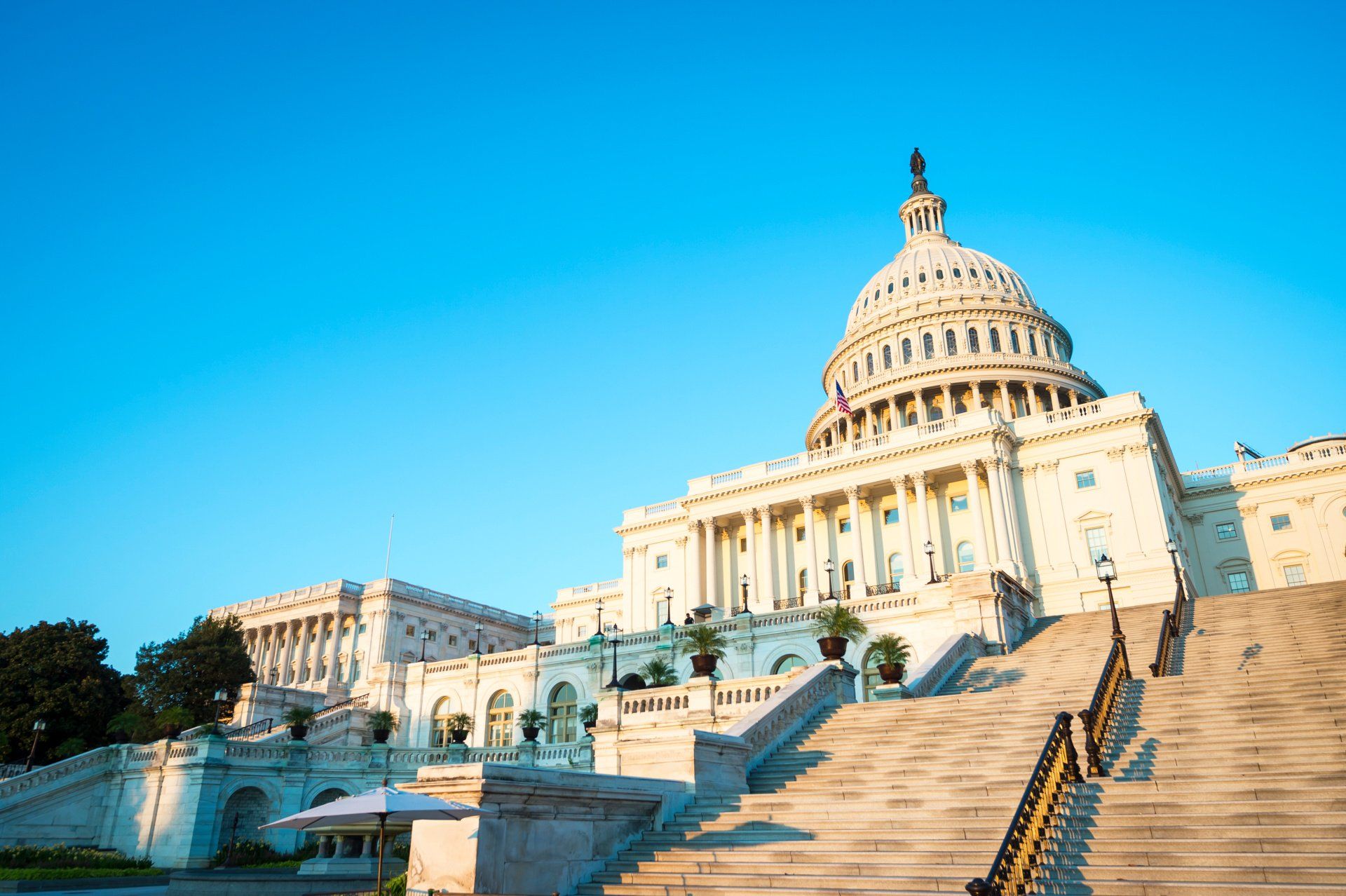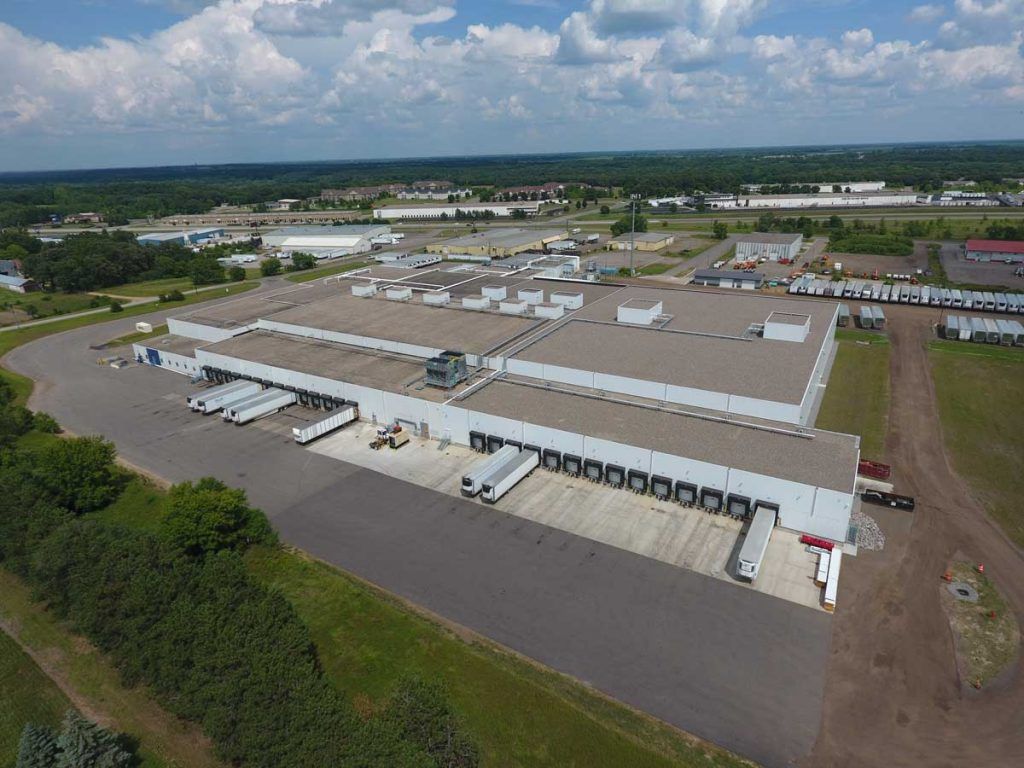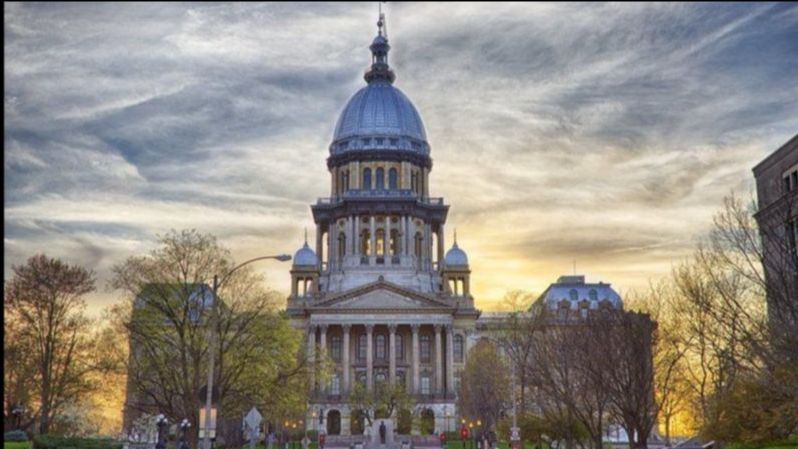
Mixed-Use Developments
Mixed use developments: An effective land strategy that combines residential and non-residential uses
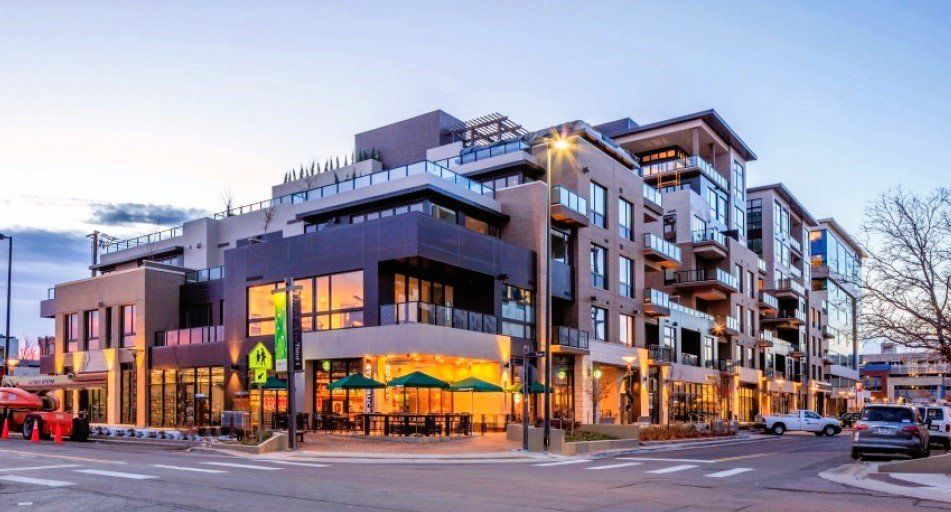
In today’s market vacant office spaces are scaling to first-time heights as the market for commercial office space is gradually thinning. Commercial Edge National Office Report reported the national vacancy rate closing for September of 2022 at 16.6%, with Chicago closing at 19.9%. To date Chicago’s vacancy rate sits at 15.2%, an increase from 2020’s recorded average vacancy rate of 10.77%, pushing the vacancy rate to a 10-year high. With the expectation of rising vacancy rates throughout the remainder of 2022 and beyond, vacant buildings need a new purpose and developers are moving their attention to existing vacant structures in prime real estate locations. Rather than razing old structures and constructing new, adaptive reuse takes a more sustainable approach to development by renovating structures that already exists and effectively building onto those assets, on occasion saving what could be considered historical landmarks.
Adaptive reuse has become an effective approach for optimizing the commercial and operational performance of vacant buildings. Adaptive reuse promotes a valuable strategy for revitalizing urban areas by creating mixed-use developments, one of the more common types of urban renewal projects. Mixed-use projects revitalize former commercial office spaces and transforms them into retail locations with luxury apartments, in addition to providing accommodations to a myriad of cultural and social amenities. Mixed-use developments attract those interested in downtown living by promoting: (i) convenience of movement through the creation of walkable communities; (ii) support for remote employees, through accessible nearby services and amenities; (iii) safety through reduction in auto use and the continuous presence of people; and (iv) a variety of housing choices, providing a solution for housing shortage and empty downtowns.
One of the biggest benefits of mixed-use development is the increase in property tax revenue. The density of a community provides the opportunity to extract more value per acre of land than with traditional development. Along with increased tax revenue and increased economic vitality, mixed-use developments often have lower infrastructure cost which in turn stimulates budget cost savings, affording the ongoing costs for municipalities – like police, fire and trash collection – to be as much as 10%lower with mixed-use development due to shorter travel distances.
Mixed-use developments through adaptive reuse are transforming buildings all over the country, and with those transformations also comes challenges including zoning restrictions, conflicts in proposed uses, and other land use issues. Shapiro and Associates Law has experience and knowledge to assist with these posing challenges. For more information, please contact us at info@shapiroassociateslaw.com .

CONTACT US TODAY
Contact Us
We will get back to you as soon as possible.
Please try again later.
LOCATION
570 Lake Cook Road, Unit 119
Deerfield, IL 60015
Shapiro & Associates Law | All Rights Reserved |
Created by Olive + Ash.
Managed by Olive Street Design.

